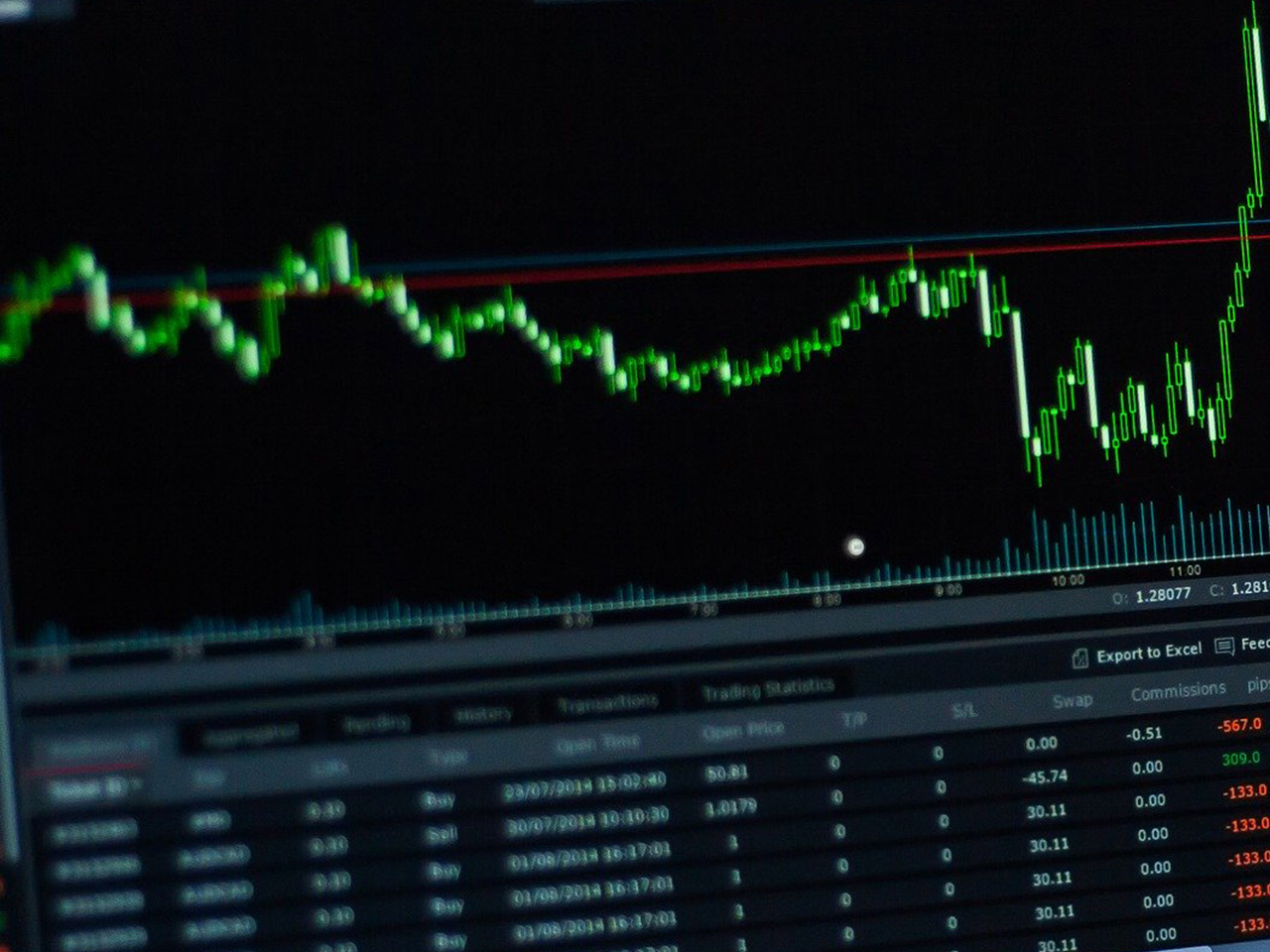Asana, Inc. (NASDAQ: ASAN), a prominent player in the technology sector, specializes in providing innovative work management solutions. With its headquarters in San Francisco, California, Asana has carved a niche in the Software – Application industry, offering platforms that help streamline workflows and improve team collaboration across various sectors, including technology, retail, government, and healthcare.
Currently, Asana boasts a market capitalization of $3.22 billion, with its stock trading at $13.68. This represents a slight decrease of 0.01% from the previous trading session. Despite a challenging 52-week range of $11.17 to $27.52, there’s a cautious optimism among analysts about Asana’s future prospects. The company’s average target price stands at $16.38, suggesting a potential upside of 19.70%.
Valuation metrics paint a mixed picture. Asana’s forward P/E ratio is 40.52, reflecting expectations of future profitability, although traditional valuation metrics like the trailing P/E, PEG, and Price/Book ratios are not applicable at this stage, indicating a company still in growth mode rather than profitability. The absence of a dividend yield and a payout ratio of 0.00% further underscores its focus on reinvestment for growth.
Performance metrics reveal a revenue growth rate of 8.60%, a promising indicator for investors seeking growth potential. However, the company is yet to achieve profitability, with an EPS of -1.00 and a concerning return on equity of -83.36%. Notably, Asana’s free cash flow of approximately $128.9 million provides some financial flexibility, allowing continued investment in product development and market expansion.
Analyst sentiment is cautious but optimistic, with 4 buy ratings, 7 hold ratings, and 3 sell ratings. This diversity in opinion suggests that while Asana presents significant growth opportunities, risks related to profitability linger. The target price range of $10.00 to $22.00 reflects this ambivalence, posing both potential rewards and risks for investors.
From a technical standpoint, Asana’s stock is trading below both its 50-day and 200-day moving averages, priced at $14.02 and $16.87, respectively. This indicates potential bearish sentiment in the short term. The Relative Strength Index (RSI) of 31.78 suggests the stock is approaching oversold territory, which might pique interest from value-focused investors. Meanwhile, the MACD and Signal Line remain slightly negative, indicating ongoing bearish momentum, albeit with hints of stabilization.
Asana leverages a hybrid go-to-market strategy that combines product-led growth, direct sales, and channel partnerships. This approach has enabled the company to maintain relevance across diverse industries, from education to financial services, enhancing its resilience amid market volatility.
Investors considering Asana should weigh its promising revenue growth and strategic market positioning against the backdrop of current profitability challenges. As the company continues to scale its operations and refine its platform offerings, the balance between growth and profitability will be crucial in determining its long-term stock performance. Asana’s strategic initiatives and ability to adapt in a dynamic market environment will be pivotal in realizing the potential upside indicated by its current analyst ratings.









































